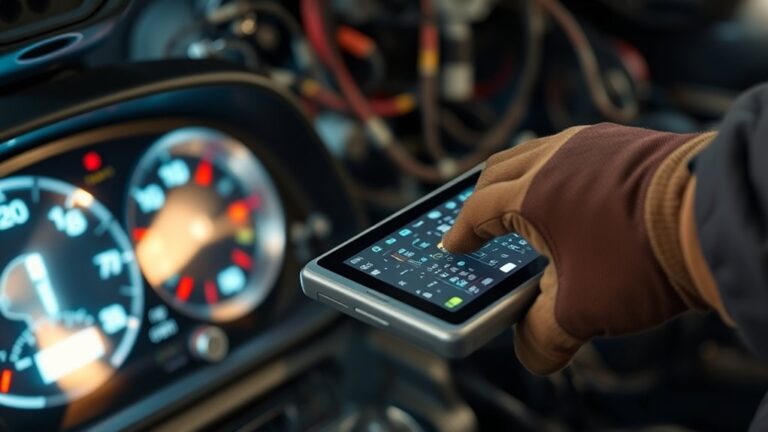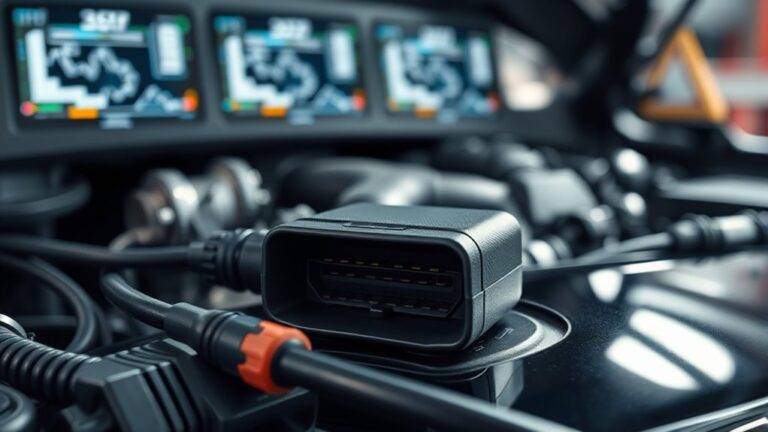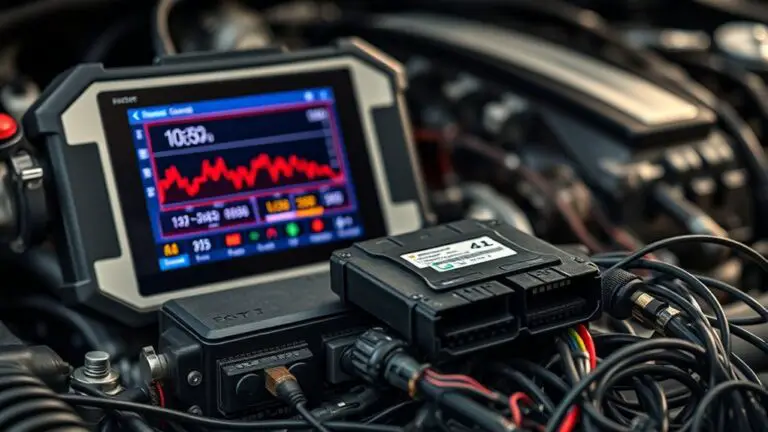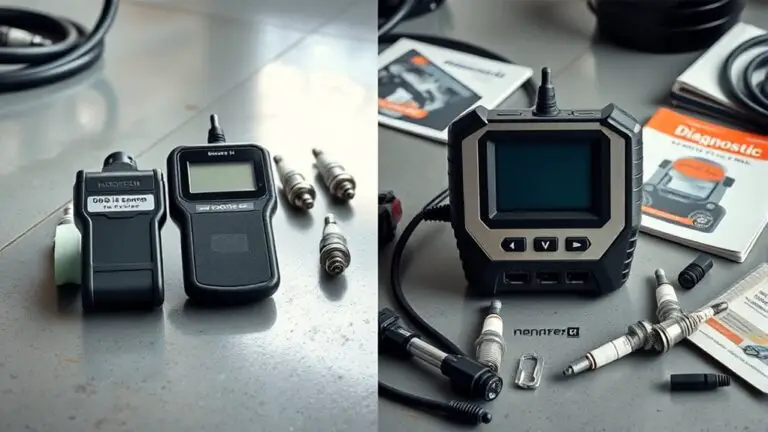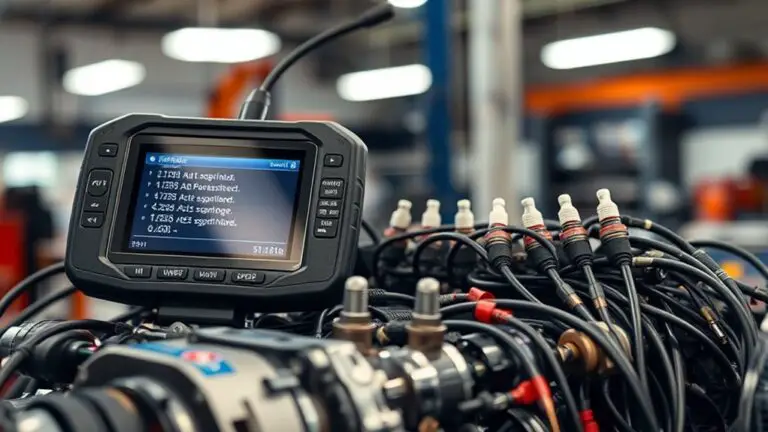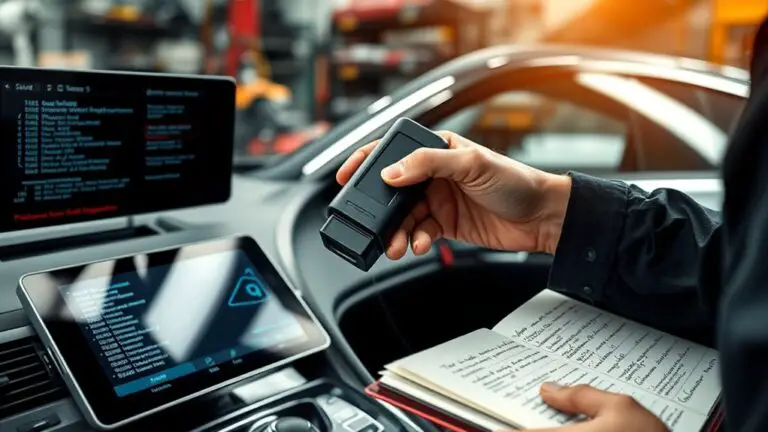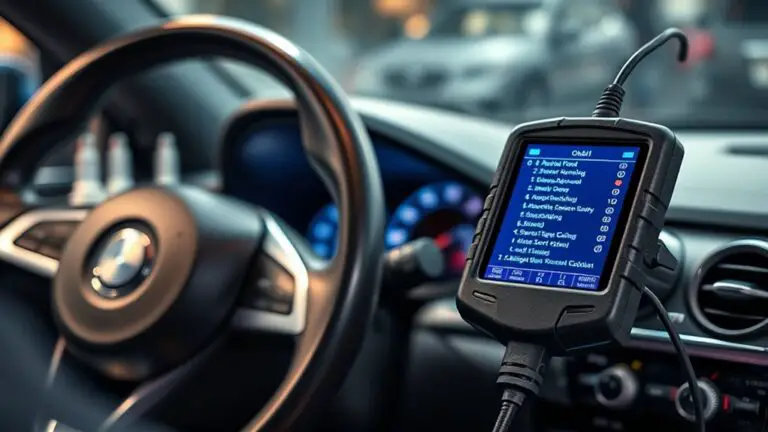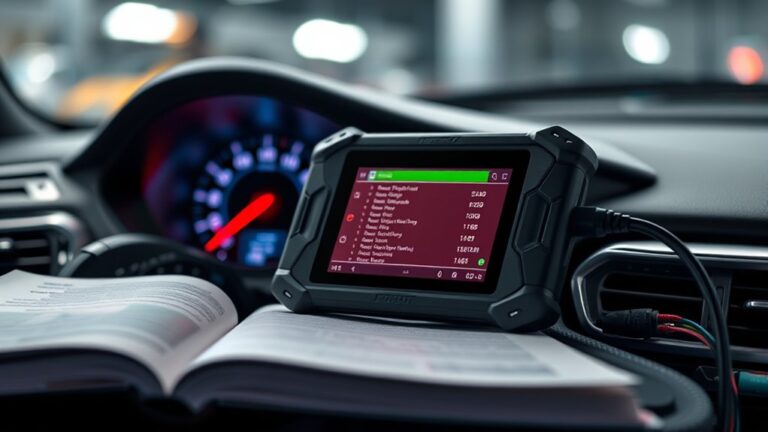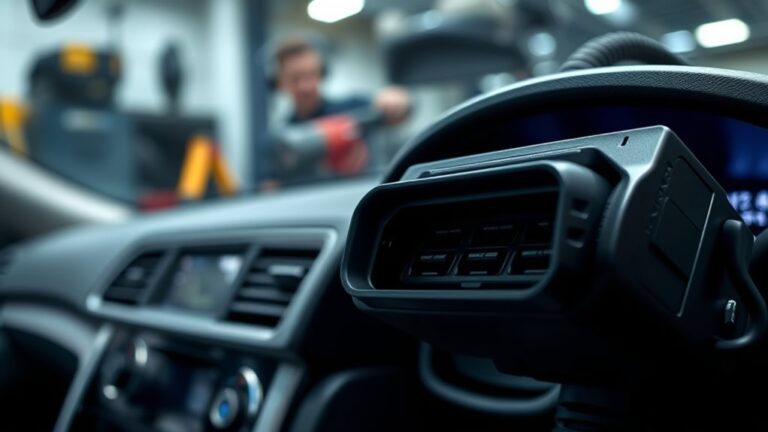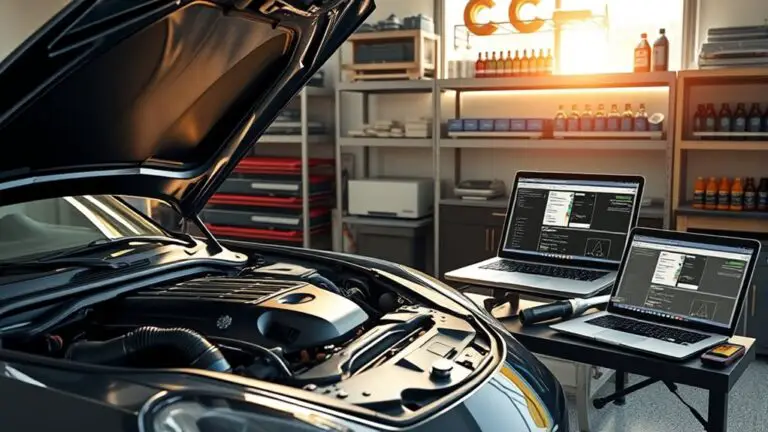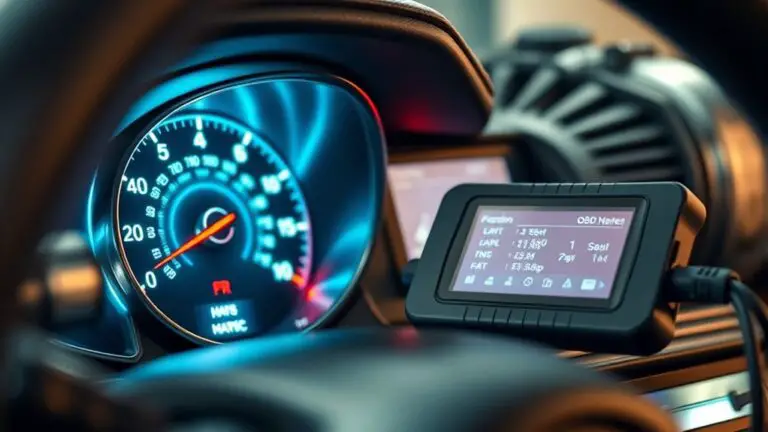Step-By-Step: Using a Manufacturer-Level Scan Tool to Diagnose Complex Electrical Gremlins
A manufacturer-level scan tool lets you go deeper than consumer gear, so you start by establishing a solid baseline — note engine state, temps, and battery voltage under known-good conditions. Decode OEM codes with official procedures, then map them to likely subsystems. Watch live data streams, correlate sensor trends to system behavior, and chase root…

